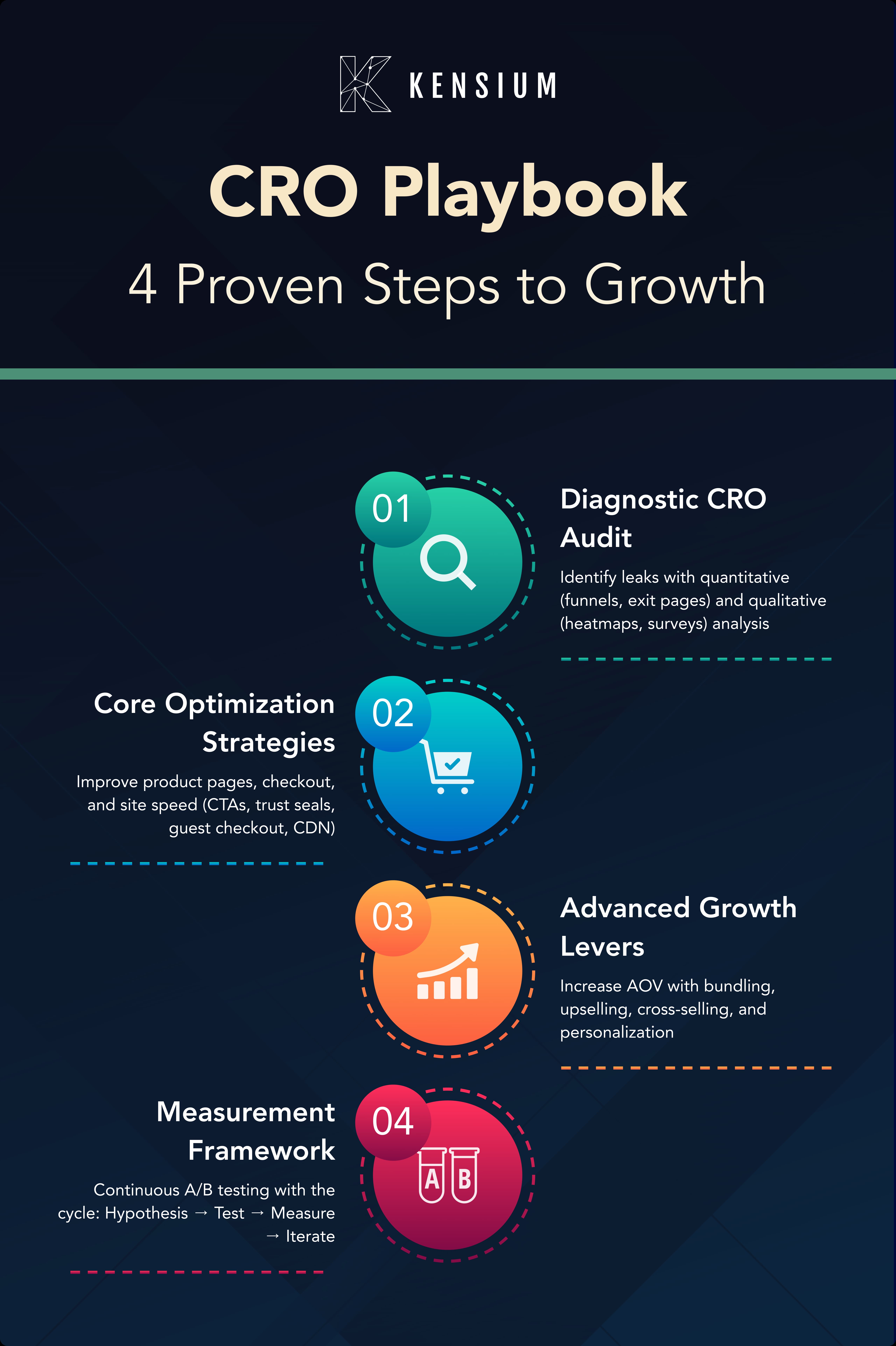
Has your eCommerce business been contacted by an SEO (Search Engine Optimization) company regarding your website's "poor performance"? These emails usually include screenshots of colorful charts or gauges showing your website with a low score "F" or "D" on various benchmarks.
Example of performance screenshot below.
The scare tactics used by emails like this may cause you to worry that your eCommerce partner is neglecting your business. In this article, we discuss the validity of these email phishing schemes and how best to respond to these supposed threats or “friendly” suggestions.
Typical Scare Tactics You Might Find In One Of These Unsolicited Emails:
“Your organic traffic is down quite a bit this month.”
Questions to ask:
- Did they attach a traffic report?
- Always check your Google Analytics data, which is the best measure. Anything else is just an estimation.
“Your site performance appears to be slow.”
Questions to ask:
- Where was the test server in relation to your site hosting?
- Was it in the same country or time zone as your hosting? If not, the report may be artificially slower due to latency than your actual site is running and is thus false data.
- Are the images optimized? Perhaps your content team is uploading larger photos than is recommended/needed and this can cause slow page loading. This is not a programming issue.
“Your site is deferring parsing of Javascript, causing slow performance.”
Questions to ask:
There are several sites that provide performance scores for websites such as:
- Google PageSpeed Insights: https://developers.google.com/speed/pagespeed/insights
- Webpage Test: https://www.webpagetest.org
- GTmetrix: https://gtmetrix.com/ And several others.
“We recommend that you leverage browser caching.”
Questions to ask:
Is this really a problem? Often an enterprise-level eCommerce site has incorporated third-party apps such as Google Analytics, Live Chat, Facebook, Bing, etc., and these integrations can prompt this warning, and there is nothing you can do in these cases.
- Are you connecting to third-party content providers such as YouTube? If so, you may want to launch the video only when users click on the links. This will help by preventing YouTube from automatically loading when the page loads.
- Can the technology/framework you are using to manage your site function smoothly with this option?
- Does it affect the user experience?
“You should optimize the order of styles and scripts.”
Questions to ask:
What can we do here that will yield good results without negatively impacting the user experience and performance? We may legitimately want to improve here, but not at the expense of those other factors.
Rule #1 - Don’t Panic
There are several sites that provide performance scores for websites such as:
- Google PageSpeed Insights
- Webpage Test
- GTmetrix
- And several others.
While it is good to generally check your site against these tools to identify any obvious issues/misses, do not chase the scores, as it is not practical, and sometimes, not even feasible.
So, always analyze the reports in detail to see whether the issue being reported can be fixed and that they are worth the time and effort.
Note that most of these phishing emails are including a screenshot or snippet from one of the tools mentioned above. A good option would be to run the reports yourself and read the recommendations in detail.
Often these issues can be easily resolved and they don’t necessarily mean your technology partner did a poor job. SEO rankings can degrade over time. Your content managers need to remember to upload web optimized files and add appropriate alt tags and alt text. Good SEO requires ongoing vigilance and maintenance to maintain a good score and you’ll need to weigh factors such as performance and user experience in the mix.
At Kensium we are the eCommerce SEO experts for our clients’ businesses, and we include ongoing SEO optimization in our TAAS (Technology As A Service) programs.
Check out our best-practices SEO list below.
Top 5 Things Your ECommerce Partner Should Be Doing To Boost Your SEO.
- Optimize your products with relevant keywords and phrases, then apply them using best-practices to all page elements.
- Regular monitoring and audits of your analytics will indicate growth and would reveal any potential performance issues.
- Website speed impacts page ranking. Monitor your website for page loading issues.
- Don't neglect to mobile-optimize for mobile users: speed and usability are key.
- Maintain an "active" website. Keep your website fresh with updated content, new products, and social channel engagement.
SEO is only half the battle. Getting visitors to your eCommerce website is useless if they don’t eventually make a purchase. A website with a high conversion rate doesn’t happen by accident. It needs to go beyond SEO to usability. It needs to be a relevant experience that creates emotional resonance with your audience. Click here to learn more about conversion-driven websites.
If you received one of these performance phishing emails and are concerned about your rankings, we recommend you first check with your eCommerce partner or marketing agency and ask for them to review it and share their opinion. They should be able to address the issues and determine whether they are valid or not. If you need a second expert opinion, contact Kensium for a quick, no-cost evaluation by our SEO team.
Related Insights from Kensium
- Boost B2B Conversions with Data-Driven AI Search Optimization
- Discover the Power of AI Search to Transform eCommerce Performance
- Boost Organic Growth with Advanced AI SEO Tools for eCommerce
- The Ultimate Comparison Acumatica ERP vs QuickBooks Online








.png)


































